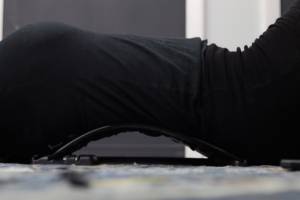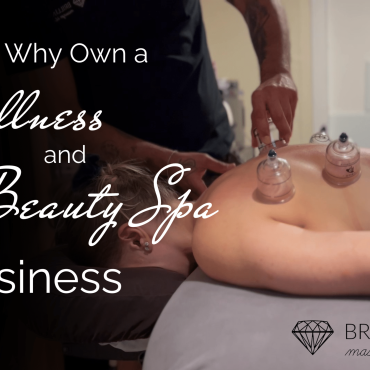Ways to Recover for Climbers and Athletes!


Taking Proper Time/Days Off To Recover
Without taking any time off from high-level activities, the body will eventually begin to wear down faster than it can repair itself. This, when kept up long enough, can result in a wide array of injuries, including tendonitis, muscle tears, and stress fractures. These injuries can vary significantly in severity and are often avoidable or easily treated if addressed quickly. When ignored, however, they can progress to a point where the body breaks down, where a routine activity can result in a muscle tear, torn ligament, or even a fracture. Some warning signs that you may be developing an overuse injury would be consistent pain in the same area, soreness that persists longer than expected for you, or aching, throbbing pain while at rest. As always, if you suspect anything may be wrong, it is best to seek medical advice from a doctor or sports medicine specialist.
Not taking time away from a sport can also lead to burnout and mental exhaustion resulting from constantly doing the same thing without a break. While burnout is more of a psychological issue, it can result in physical injury. Athletes who aren’t devoted to their sport mentally tend to have decreased awareness on the field or develop lazy mechanics, resulting in injury.
Everybody is unique and will respond to different treatment methods better than others; however, the only way to find out the most effective active recovery method for you is to try out a few. Here is a list of some of the recovery methods that seem most effective for climber injuries and pain points.
Cupping
It is a form of alternative medicine in which cups are placed on the skin to create suction. Cupping therapy creates suction with the cups to release muscular tension, promote the healing of tissues, and speed up recovery.
It is also believed to reduce pain and inflammation throughout the body and promote relaxation.
Massage
There are many types of massage, but the most effective for athletes is deep tissue. There is less relaxation but fantastic, but regular massage can be a great way to help soothe the body in recovery for deep trigger points and chronic tightness. Great for relieving stress and tension carried throughout the entire body. Massage can be used for specific trigger points and greatly benefit mobility where areas are locked up or tight.
Lacrosse Ball or Trigger point ball rolling.
Massage Balls are great for trigger-pointing specific muscle knots, especially for the small muscles that are hard to reach. Can roll against the ground or a wall on pretty much any part of your body. The harder you press into the ball, the more pain along with more release.
Foam rolling
Somewhat similar to the benefits of a massage, foam rolling will help break up adhesions and scar tissue and speed up the healing and recovery process after your workout. However, unlike massage, it’s free, portable, and can be done every day. There are also many different types of foam rollers with varying amounts of pressure. While this won’t get specific trigger points, this is great to work on the back and legs and can quickly be done while watching a movie!
At Home Stretchers

A stretcher is a convenient at-home and office back pain relief device and preventative care product. It’s a simple way to gently stretch your back and neck, helping to eliminate the source of your back pain and restore your natural back curve.
Epsom salts bath
Epsom salts help to replenish the magnesium lost in the body. Magnesium helps with energy production. The salts also help relieve muscular pain, and an Epsom salts bath is quite beneficial after acupuncture or massage to prevent soreness.
Heating pads
Helpful for chronic pain and stress-related pain. This is traditionally a great thing to do for the back. But make sure never to heat an injury. Super beneficial to follow after needlework or massage.
The icing of any type is suitable for helping to reduce swelling brought on from any injury. Make sure not to ice chronic pain or stress-related pain. After a session of massage, you might feel sore but do not put ice. However, with any fresh injury or swelling, ice is essential.
We offer memberships for regular massage goers!


